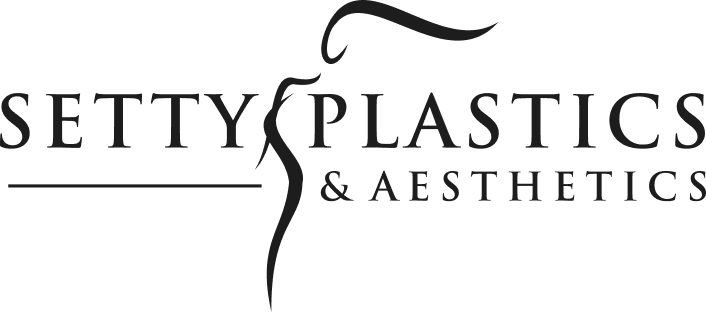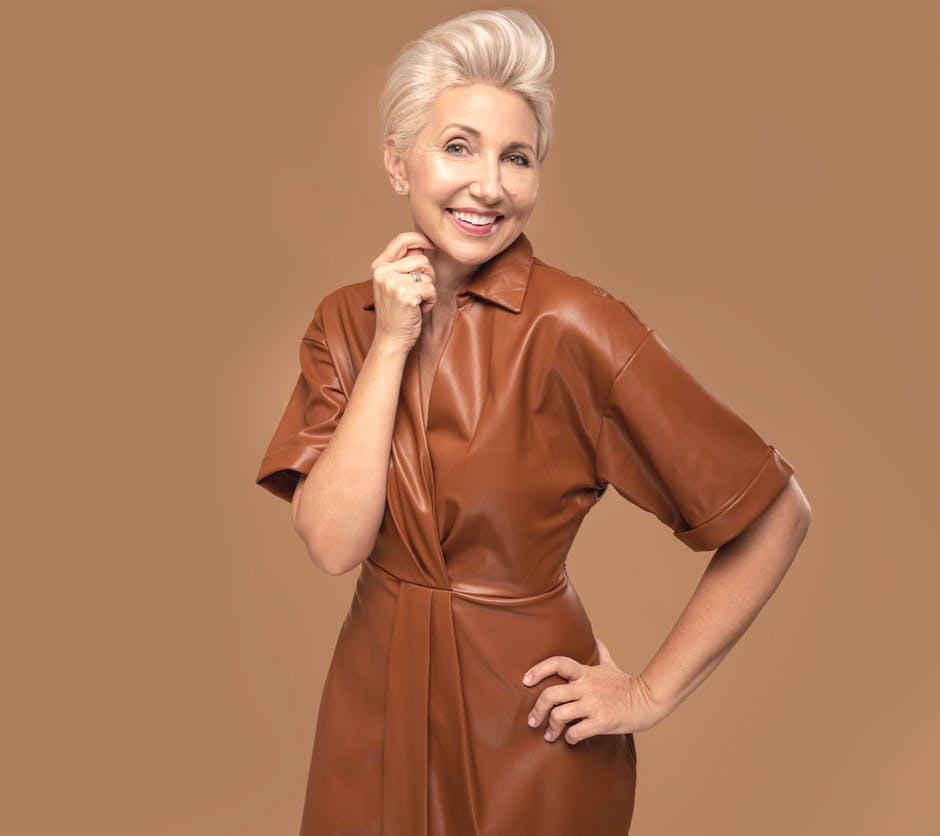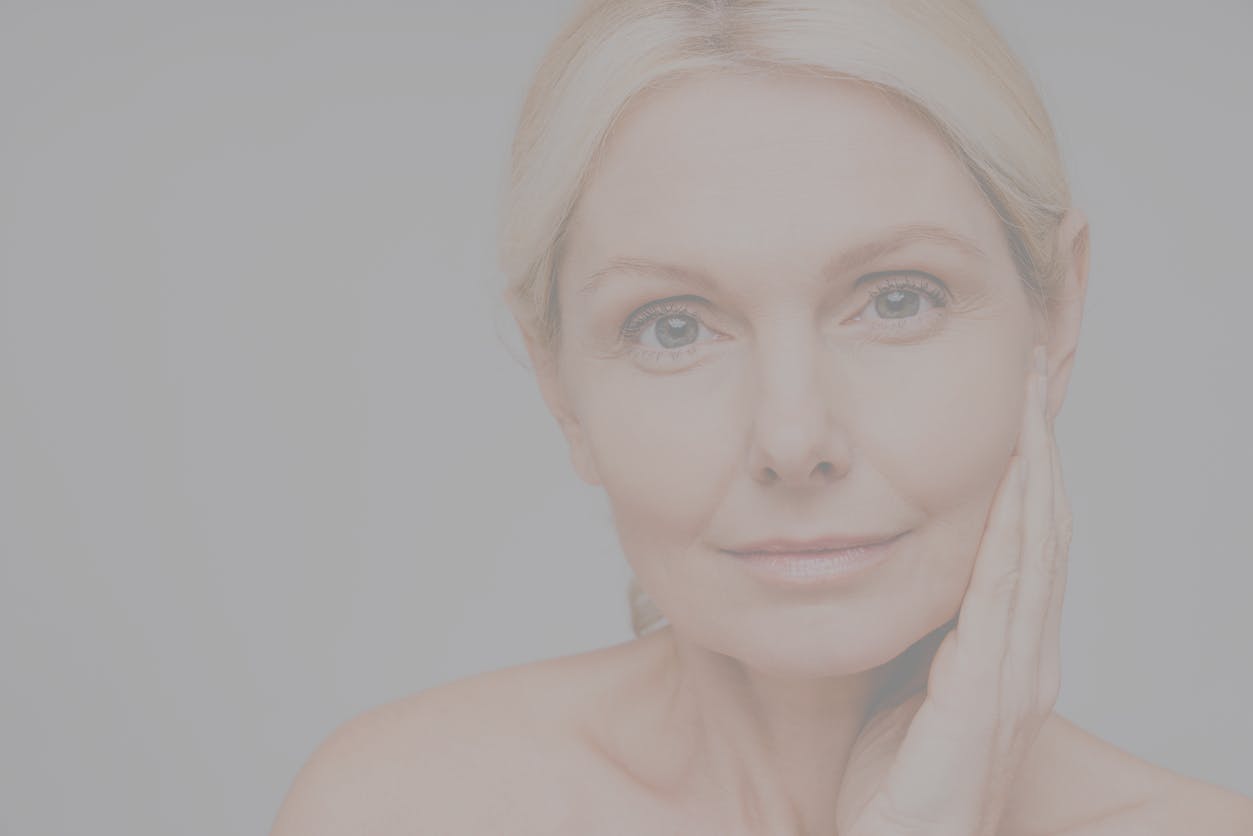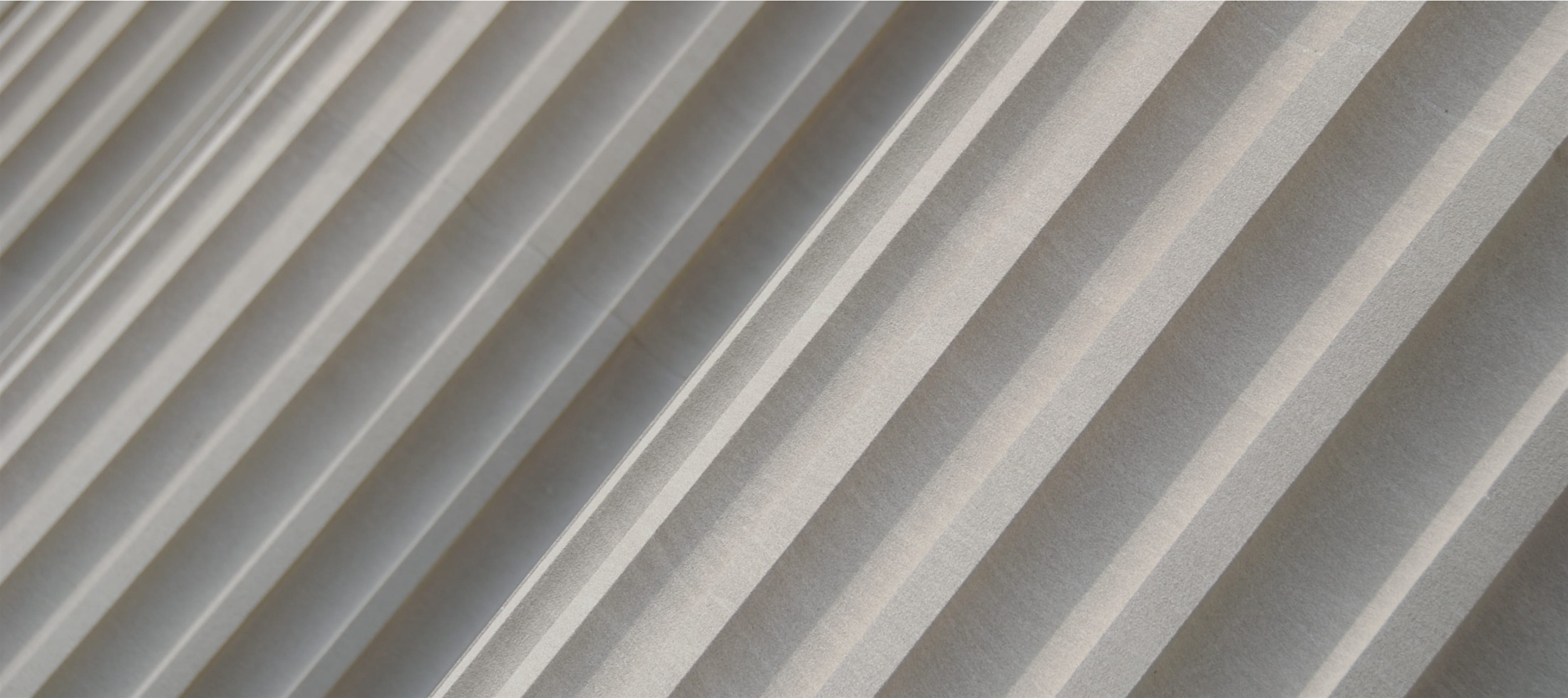Brighten your gaze and restore a more youthful, rested appearance with eyelid surgery by Dr. Michael Chung. Our expert blepharoplasty in McKinney helps reduce drooping eyelids and under-eye bags, giving you a refreshed, natural-looking result.
What Is Blepharoplasty?
Our blepharoplasty in McKinney, or eyelid surgery, is a delicate and exact procedure designed to rejuvenate the upper and/or lower eyelids by correcting visible signs of aging. Over time, the thin skin around the eyes can stretch and weaken, leading to:
- Sagging upper eyelids that may cause heaviness or obstruct vision
- Puffy under-eye bags caused by displaced or bulging fat
- Excess skin and fine lines that make the eyes appear tired or aged
- Muscle laxity contributing to drooping or hollowness
Dr. Michael Chung approaches eyelid surgery to restore brightness and balance without altering your natural expression. His technique is personalized for each patient and may include:
- Precise removal or repositioning of fat for smoother under-eye contours
- Excision of excess skin to reduce hooding and open the upper eyelids
- Tightening of the underlying muscle and connective tissue for long-term support
- Use of transconjunctival incisions (inside the lower eyelid) when appropriate, leaving no external scar










